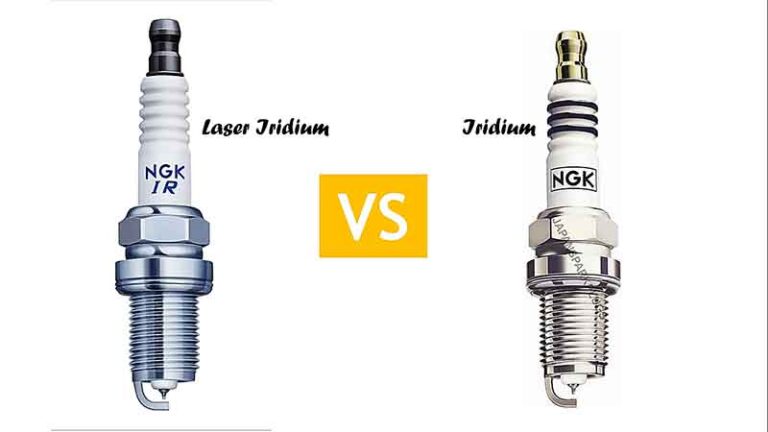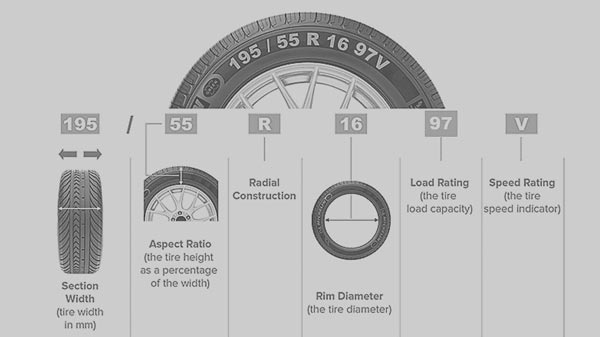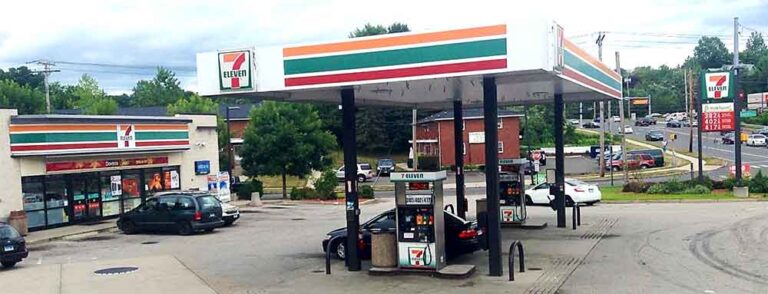Why is 93 Octane Hard to Find?
Have you ever felt the frustration of arriving at a gas station intending to fill up your car with 93 octane fuel, only to discover that it is not available? This growing trend has left many drivers confused. While lower octane fuels like 87 and 89 are readily available at most gas stations, higher octane fuels of 93 seem to be rare. What are the factors behind this scarcity and market demand trend in the automotive industry?
The octane rating determines how well the fuel can resist engine knocking or pinging. High-performance engines benefit from high-octane fuels, such as 93 octane, for faster combustion and more efficient power output. Despite these advantages, access to this particular fuel has been difficult for several parallel reasons.
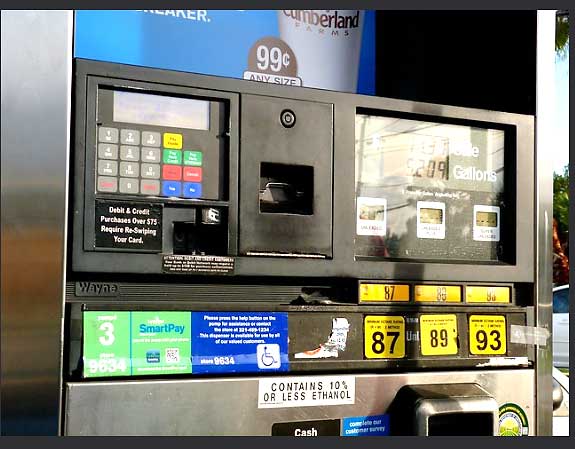
Changes in the market have played a major role in the availability of 93 octane gasoline. As demand for gasoline fluctuates, gas stations place a higher priority on storing purchased low-octane gasoline, resulting in fewer high-quality fuels and fewer supply chains in shipments for the manufacturer, including fuel production and distribution. Factors such as cost considerations, regional preferences, and changing emission standards also influence the availability of 93-octane gasoline. The complexity of these interconnections highlights the challenges of achieving this level of fuel, leading many drivers to experience frustration at the pump.
Cost Considerations
The scarcity of 93-octane gasoline was largely due to its high cost. The process of producing high-octane gasoline requires additional fuel production steps and special additives, resulting in significantly higher production costs compared to high-octane output floors such as for octane 87 or 89. These complications increase the total cost of octane 93, resulting in gas. stations are forced to consider conservation. Below are the price comparison of different Octane Gasoline. [Price may vary time to time]
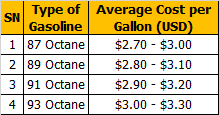
Typically, due to a combination of low customer demand and high costs associated with purchasing and storing inventory they choose not to carry octane 93 Instead of allocating resources for high-demand fuels, gas stations use a better strategy so prioritize more popular and economically viable fuels to better fund rivers.
The choice to stop stocking 93 octane is consistent with a profitability strategy that identifies consumer preferences and cost optimization. This decision allows gas stations to focus on fuel to serve more customers, eliminating the operating costs associated with handling less complex, more expensive products Finally, demand for fuel the size of the lead sales generates profitability and efficiency in fuel competitive retail sales.
Declining Demand
With the rapid development of automotive technology, the traditional reliance on high-octane gasoline in conventional vehicles has greatly decreased Recent advances in engine design and control systems have changed the way modern cars operate, to make the best use of different low-octane fuels feats prioritize performance without compromising performance or jeopardizing engine integrity.
The decline in demand for 93-octane gasoline has led to a noticeable shift in consumer demand, causing gas stations to reevaluate their offerings and reallocate shelf space once devoted to higher-octane gasoline containing, and reallocating their inventories to meet the growing demand for general fuel consumption Lay out this strategy is the needs of drivers who is increasingly consistent, reflecting a clear market trend favoring accessible, affordable, technologically compatible fuels.
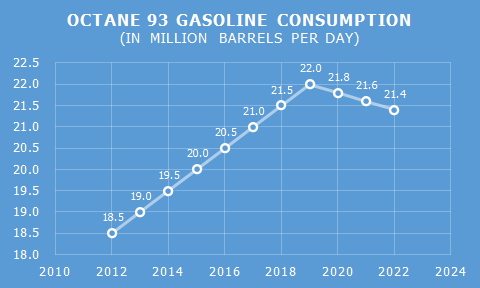
Figure: Declining Octane 93 consumption. Source: IEA, EIA, Industry Publications
Consequently, the rise of automotive technology has brought some changes to the fuel industry, redefining the balance of the market to meet the changing needs of modern vehicles and discerning drivers.
Market Trends and Preferences
Consumer preferences greatly influence the availability of different fuels at refineries. The proliferation of 93-octane nonfueled vehicles is prompting petrol stations to focus on storage options suited to heavy users and as a result, 87 and 89 octane are mainly offered, meeting the needs of the typical car owner. This trend leads directly to a strong market for 93 octane, making it uneconomical for petrol stations to stock large quantities.
Given that most vehicles do not require a high-end option, the preference for low-octane fuels stems from a desire to cater to a wider customer base This industry response is based on models of customer needs, aimed at driving sales and inventory have been taken care of.
As a result, the limited availability of 93-octane gasoline appears as a direct consequence of market dynamics and consumer behavior, shaping and affecting gas stations’ inventory decisions and the benefits of maintaining high-octane fuel types.
Regional Variances
The distribution and availability of 93 octane gasoline varies greatly from place to place. The spread of this superior fuel is usually driven by the presence of high-performance or luxury cars in the area. Petrol stations in areas with high concentrations of such vehicles have a continuous supply of 93 octane fuel, meeting the specific needs of their discerning customers.
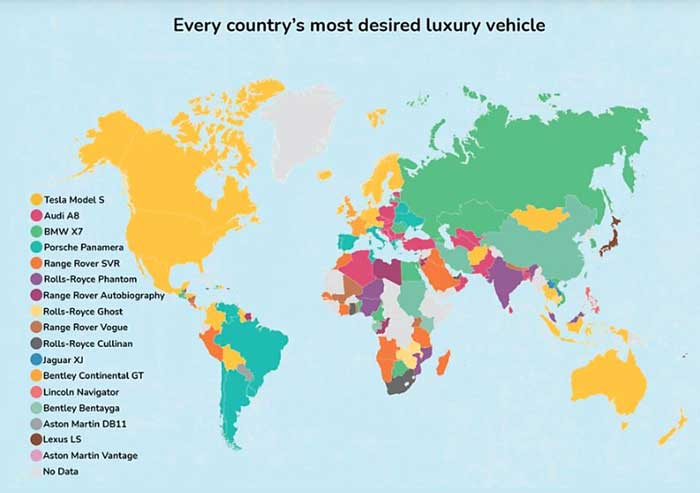
Figure: The company utilized data from Google and Ahrefs to chart the luxury vehicles most sought after in 148 countries.
Usually, urban areas or wealthy neighborhoods find this fuel card to be more reliable, as the demand is what owners of luxury cars or those looking for the best performance want to meet. As a result, these facilities generally offer 93 octane fuel as an option due to market demand and customer expectations.
In contrast, gas stations in areas where high-octane gasoline is demanded may choose not to stock 93-octane gasoline or not at all. In areas where regular passenger vehicles dominate or where there is little focus on efficient vehicles, local stations often find that this quantity of fuel is unavailable or unavailable Such decisions are driven by market forces and cost-effective fuel storage that specifically meets customer needs.
Environmental Regulations
Stricter environmental regulations introduced by some states or territories could significantly affect the availability of 93-octane gasoline. The production of this particular fuel requires certain additives aimed at increasing its octane rating, and meeting performance standards and engine requirements but some of these essential components may fail the standard of the strict environmental legislation.
As a result, gas stations operating in these areas may face limitations or outright restrictions on the storage of 93-octane gasoline. The additives required to achieve the desired octane rating may not meet environmental standards, discouraging gas station owners from delivering this particular fuel this dilemma stems from conflicts between fuels with high octane a between the sufficiency demanded by some customers and the stringent environmental requirements imposed by governing bodies.
This struggle highlights the broader challenge facing the fuel industry, where the pursuit of optimal performance competes with the need to comply with environmentally friendly regulations Needs balancing this is a complex task, potentially affecting consumer choice, fuel availability, and ongoing efforts towards environmental sustainability.
Logistics and Distribution Challenges
The transportation and distribution of 93 octane gasoline poses significant logistical constraints for refineries, mainly due to a lack of storage facilities and transportation challenges these issues often render them impractical or expensive say it is difficult for stations to maintain 93 octane fuel, especially when demand is not enough to justify overcoming these logistical constraints.
While the lack of 93-octane gasoline can be frustrating for owners of high-performance vehicles, it is important to note that technological advances have enabled most vehicles to be more efficient with lower octane gasoline Automakers produce different engines -Adapt efficiently to octane levels, ensuring performance without having to use special high-octane fuel every day.
But for enthusiasts or high-performance drivers who rely on 93 octane for efficiency, the struggle to find this fuel can be overwhelming In such cases, drivers may need to plan their routes more carefully, searching for petrol stations that store reliable high-octane fuel to ensure their vehicles perform at optimum This challenge highlights the importance of emphasizes the need to appropriately use fuels for specific vehicle needs, emphasizing the importance of their availability and availability to meet vehicle needs.
A Multifaceted Industry Conundrum
The rarity of 93-octane gasoline is the result of complex interactions between many factors in the gasoline industry. In particular, costs have a significant impact on production and distribution. Petroleum companies face increasing costs in producing higher octane gasoline, which limits their volumes. At the same time, declining demand influenced by the market shift to more efficient vehicles on lower octane models further reduces the incentives for broader production
Moreover, local variety exists due to different priorities and regulations. Some areas prefer lower octane fuel because of cost or specific regulations with 93 octane delivery limits. This issue is compounded by the challenges of transportation and storage, especially in remote or sparsely populated areas.
The changing transportation system also plays an important role. While high-performance vehicles traditionally require 93-octane fuel, technological advances are changing this requirement. Engine manufacturers are increasingly designing engines to fit lower octane options without compromising performance.
Although rare, most cars do best with standard low-octane gasoline. But it is important for enthusiasts or owners of high-performance vehicles to maintain peak vehicle performance at 93 octane environments Eventually, this complex mixture goes away so determine the availability and demand for 93 octane fuel.


